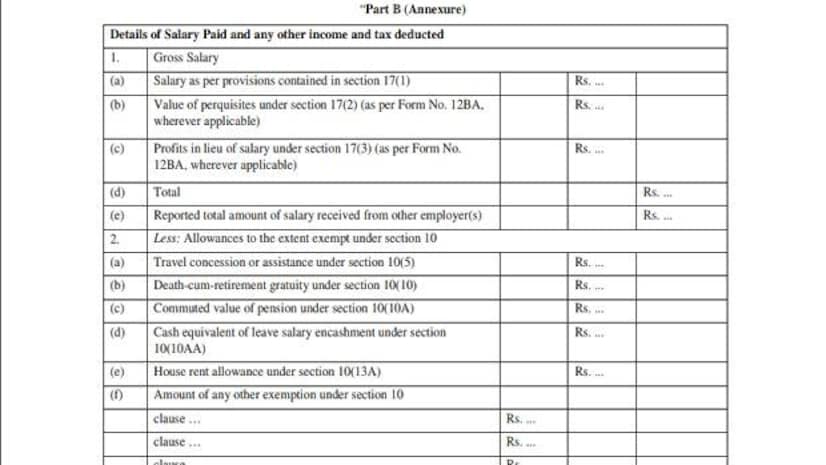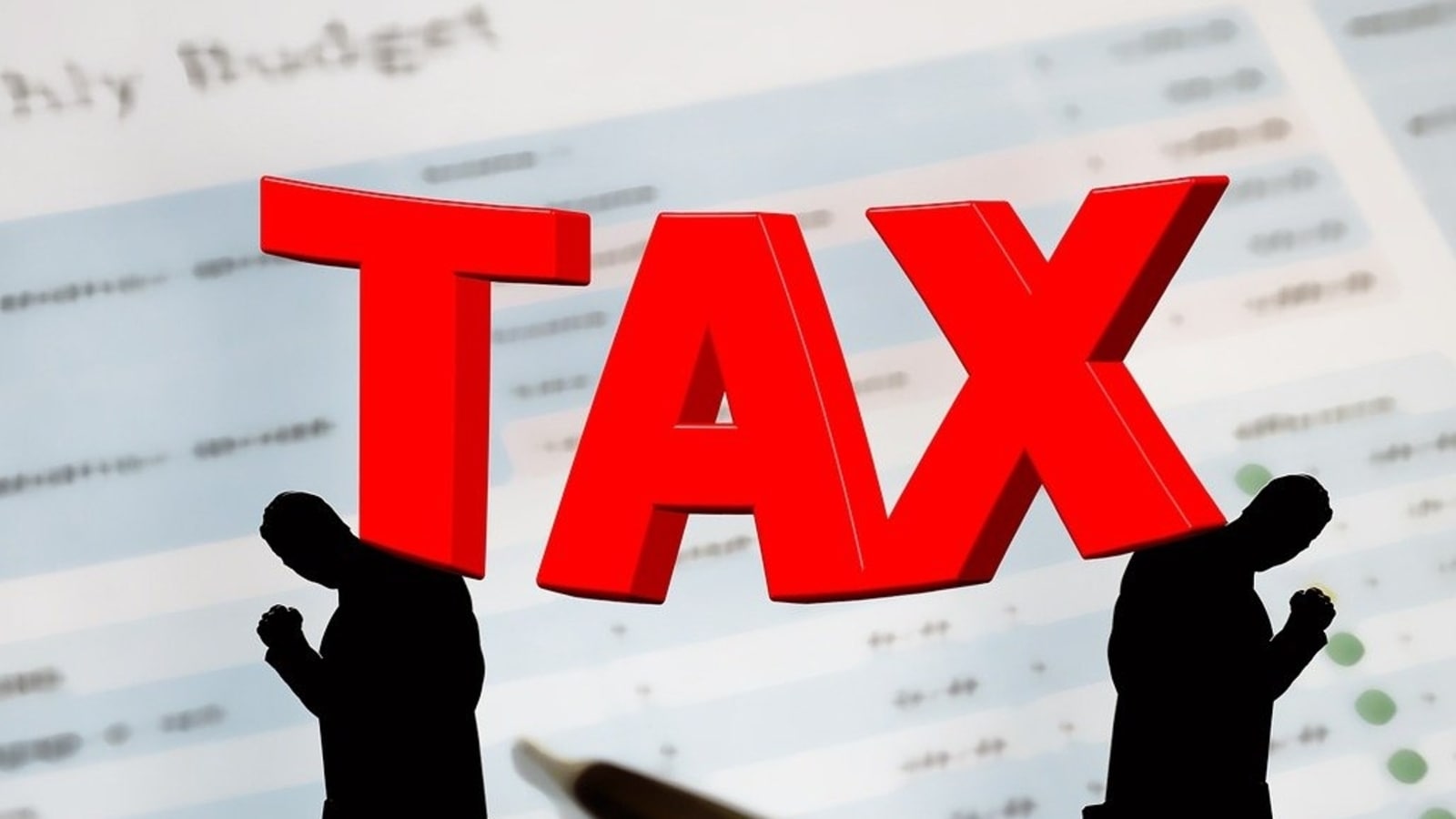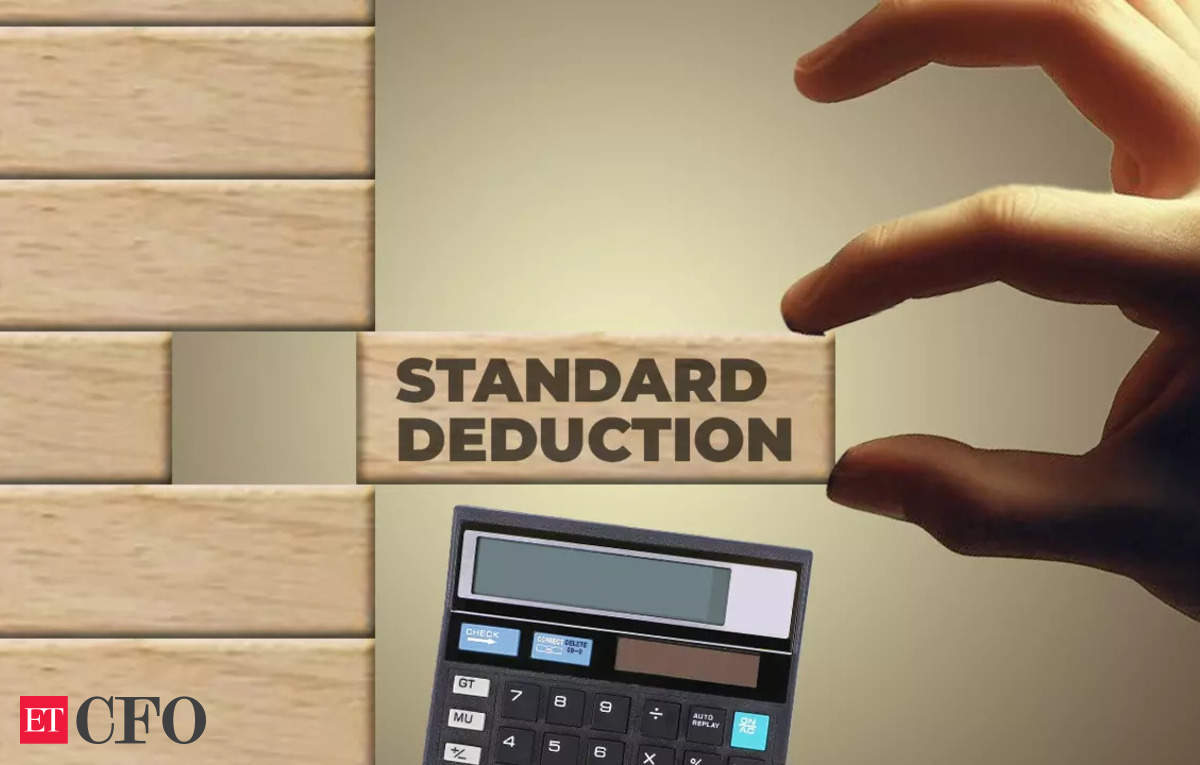Click image to see Form 16
Form 16 is an important document in the process of filing income tax returns (ITR), particularly for individuals earning salary.
Employers are obliged to furnish Form 16 to employees at the end of a fiscal year. This document shows the amount deducted tax from employees’ salaries and submitted to the government on their behalf.
Employers are required to issue Form 16 to their salaried employees by June 15 of the assessment year for which the income tax return is being submitted. For Financial Year 2023-24 (assessment year 2024-25), Form 16 should be issued by June 15, 2024.
Types of Form 16
Form 16-A is a document that provides a concise overview of tax deducted by an employer or organisation from an employee’s salary and remitted to the Income Tax Department. It is a representation of the employee’s tax deductions and issued on the employee’s behalf. Form 16 and Form 16A are distinct documents and should not be confused with each other.
Form 16-B is a variation of Form 16, presenting a consolidated statement of diverse financial details associated with an employee’s income. This statement includes information such as the employee’s salary, potential deductions from the salary (if applicable), and any additional income disclosed by either the employee or the employer.
Form 16 is important for these reasons:
It serves as documentation that your employer has deducted the appropriate amount of tax from your salary and has submitted it to the government.
Form 16 provides essential information necessary for the electronic filing of your income tax return. It includes details about your income, deductions, and taxes paid, streamlining the tax return process.
Banks or financial institutions ask loan customers to submit Form 16. It acts as a documentation of your income and tax compliance, adding credibility to your financial standing.
You need to ensure that all the information declared in Form 16 is true and correct. If any information is incorrect, you should immediately get in touch with your employer and get the error rectified. You can also check whether or not your employer has deposited your tax deposited at source (TDS) with the government by logging into your account on the Income Tax portal and downloading Form 26AS.
If your employer has not deposited TDS from your salary into the government’s account, the burden of paying tax is on you and not your employer.
If you change jobs in a Financial Year, it is crucial to obtain Form 16 from each employer. This will help you determine the actual taxable salary and ensure precise reporting. Note that failure to inform your current employer about the income earned with the previous may result in additional tax payable due to the job change. Proper documentation and communication with both employers contribute to a comprehensive and accurate assessment of your income for tax purposes.
Visit www.cagurujiclasses.com for practical courses











